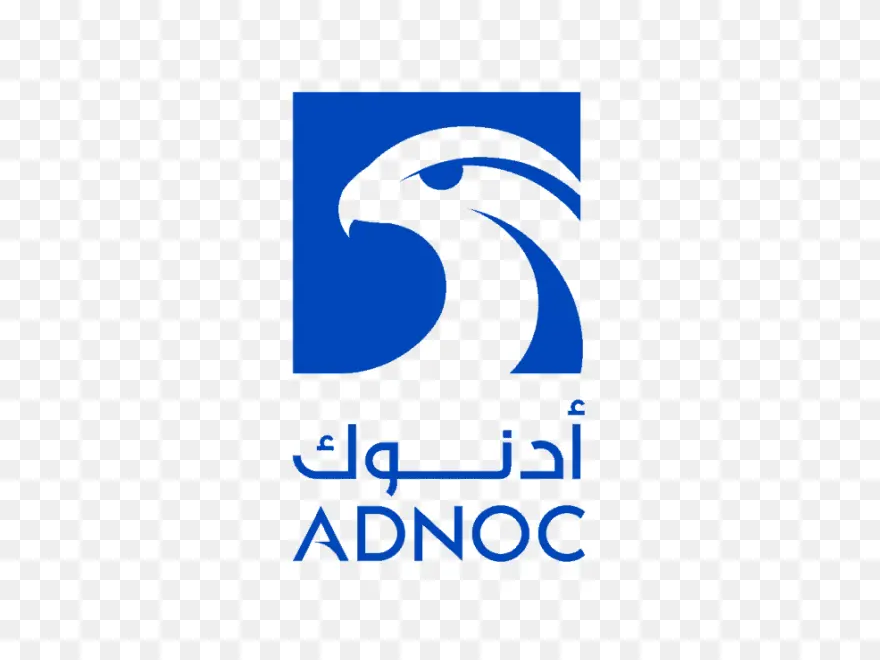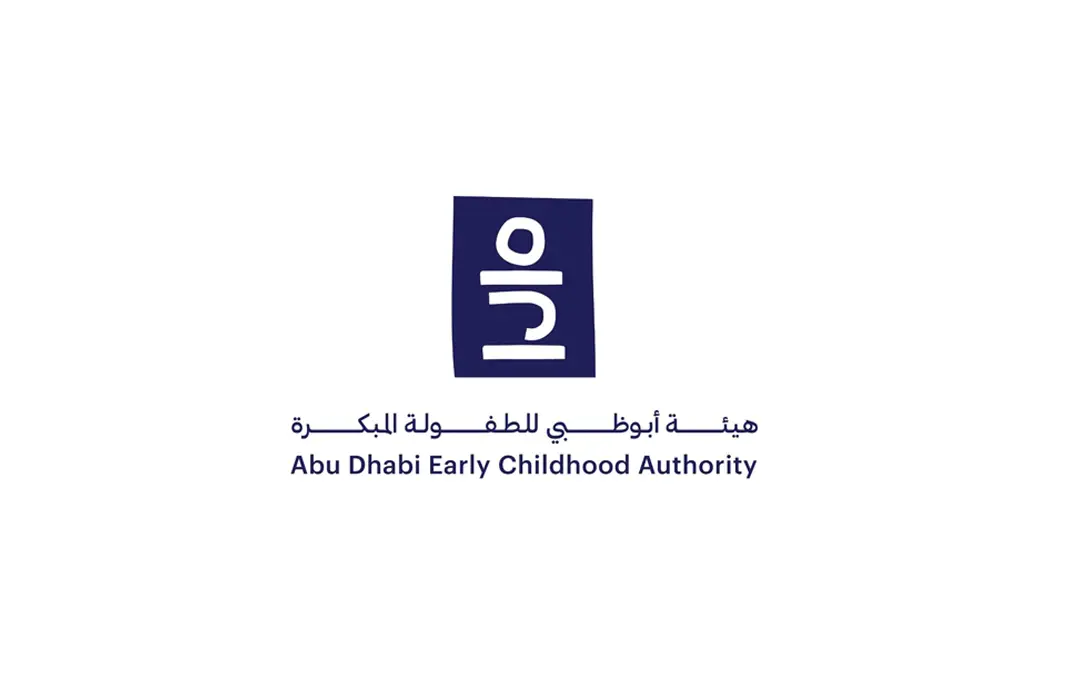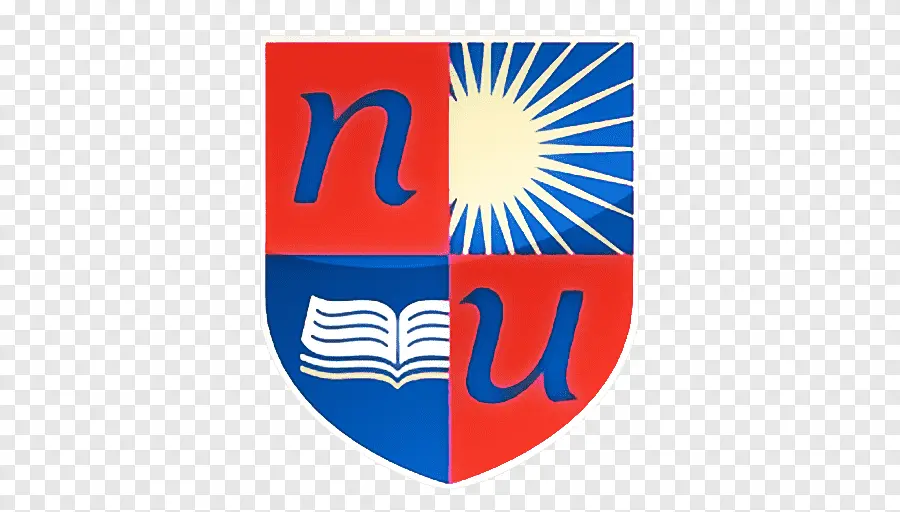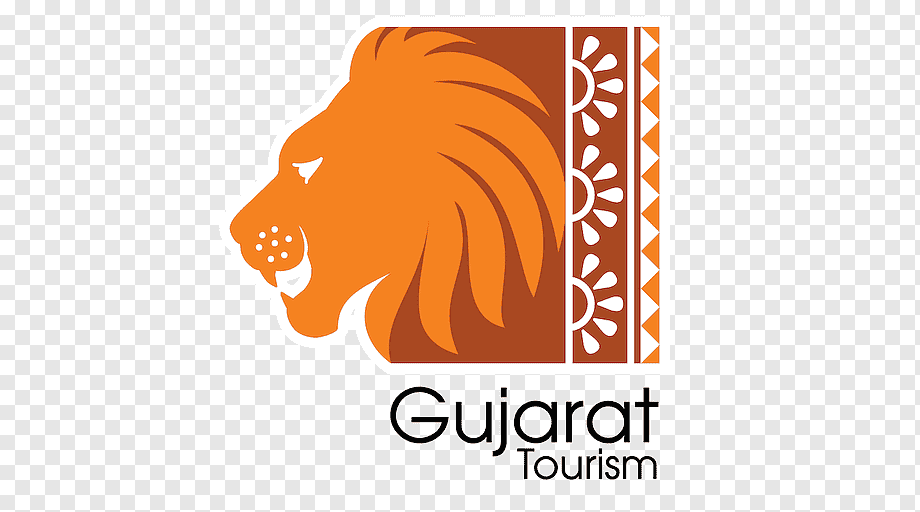The Crisis in Indian Higher Education
Indian institutions are at a crossroads:
- Only 6 Indian universities in QS Top 200 (2024)
- 73% of graduates lack industry-ready skills (AICTE 2024)
- 57% faculty positions vacant in state universities (UGC)
Yet, progressive institutions like Ashoka University, IIT-Madras, and Manipal are leading transformations through:
✅ NEP 2020-aligned curriculum redesign
✅ Global academic partnerships
✅ Technology-integrated pedagogy
✅ Industry-embedded programs
This guide equips Indian education leaders with actionable strategies to bridge the gap between traditional academia and 21st-century demands.
Academic Restructuring for the Future
The 4-Pillar Curriculum Overhaul Framework
| Pillar | Traditional Model | 2024 Requirement |
|---|---|---|
| Content | Fixed syllabus | Modular, interdisciplinary courses |
| Delivery | Lecture-based | Blended (Online+Offline) |
| Assessment | Year-end exams | Continuous skill evaluation |
| Credits | Rigid structures | Academic Bank of Credits (ABC) |
Case Study: IIT Bombay’s "Flexible Curriculum" allows 60% elective choice, increasing student satisfaction by 41%.
Implementing NEP 2020: A Step-by-Step Guide
Phase 1: Institutional Preparedness (0-6 Months)
- Conduct Gap Analysis using UGC’s "MARG" portal
- Establish Academic Council for NEP alignment
- Train faculty on Outcome-Based Education (OBE)
Phase 2: Structural Changes (6-18 Months)
- Introduce 4-Year Undergraduate Programs (FYUP) with multiple exit options
- Develop Skill-Embedded Courses (e.g., AI for Arts students)
- Set up Industry Advisory Boards
Phase 3: Quality Assurance (18-36 Months)
- Obtain NAAC A++ through OBE frameworks
- Participate in Global Rankings (THE, QS)
- Implement National Higher Education Qualification Framework (NHEQF)
Building Global Competitiveness
Strategy 1: International Collaborations
- Dual Degree Programs (e.g., IIT-Delhi & University of Melbourne)
- Faculty Exchange under GIAN scheme
- Joint Research Centers
Strategy 2: Ranking Optimization
| Parameter | Improvement Tactics |
|---|---|
| Teaching | Hire PhD faculty with global experience |
| Research | Incentivize Scopus-indexed publications |
| Employability | Mandatory 6-month internships |
Example: JNU improved QS ranking by 127 positions through focused internationalization.
Technology Integration Roadmap
EdTech Stack for Indian Institutions
| Challenge | Solution | Cost-Effective Tools |
|---|---|---|
| Outdated Labs | Virtual Labs (OLabs by Amrita) | Free for govt. colleges |
| Faculty Shortage | SWAYAM MOOCs | ₹1000/course subsidy |
| Rural Access | AI-powered vernacular tutors (e.g., PadhAI) | ₹50/student/month |
Data: Institutions using blended learning report 28% higher placement rates (AICTE 2023).
Industry-Academia Integration
The 3-Layer Engagement Model
- Curriculum Layer
- Co-designed "Micro-Credentials" (e.g., TCS’s IoT certification)
- Delivery Layer
- Guest lectures by CXOs (Mandate: 40 hours/year)
- Assessment Layer
- Live projects as 30% of grading
Success Story: BITS Pilani’s "Practice School" ensures 100% students get industry exposure.
Overcoming Implementation Challenges
Challenge 1: Faculty Resistance
Solution:
- "Teach the Teachers" programs with IITs
- Incentives for OBE adoption (₹50K bonus per course redesigned)
Challenge 2: Student Mobility
Solution:
- ABC-compliant credit transfer agreements with 100+ institutions
- Regional language course materials
Challenge 3: Funding Constraints
Solution:
- RUSA grants for infrastructure
- Corporate CSR partnerships (e.g., Infosys’ Campus Connect)
The Road to Transformation
Indian institutions must act on 3 Urgent Priorities:
- Full NEP 2020 adoption by 2026
- Global benchmarking of at least 20% courses
- Industry-aligned skill integration across disciplines





